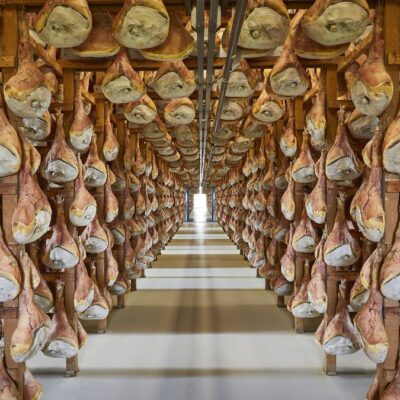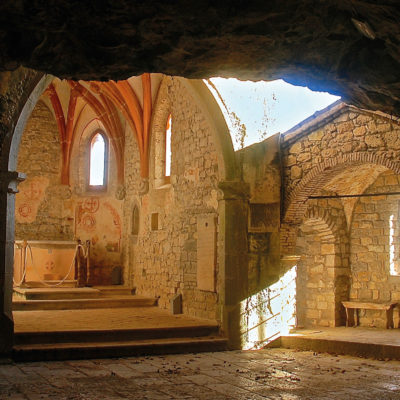The plague. A serious infectious disease of bacterial origin caused by Yersinia pestis bacterium. Spread during ancient times and Middle Ages, the last epidemics in the West happened between ‘700 and ‘800. The disease has by now been annihilated in the Western world. However, during last week there was an episode of plague in the United States, near Denver, in Colorado. Sixteen-year-old Taylor Gaes, even though he was in the peak of health, felt some flu-like symptoms, which then deteriorated in the death by septicaemia caused precisely by the plague, not immediately diagnosed by doctors. Some type of insects can contract the disease trough death and infected rodents, and then transmit it to humans. Certainly these are extremely sporadic cases, because only some species of mosquito can spread this disease, and also because the disease – if identified in time – is curable by administration of antibiotics.
Did you know that exactly our city of Udine was hit by various plague epidemics during the ‘500?
The most famous and lethal occurred in 1556.
During that year, the merchant Gioseffo da Muggia bought a batch of mattresses from Capodistria, certain he had done a great deal. However, before taking the mattresses in his small shop in Udine in order to resell them, he deposited them in Venice. This was the second big mistake done by the merchant. In fact, the plague had hit both Capodistria and Venice. The disease then reached Udine through the mattresses, causing 827 victims.
Gioseffo and his family were the first hit by the epidemic. The disease then spread across the neighborhood and through the rest of the city. The focus and the infection were identified by authorities, and the trade of some goods from outside the city was prohibited. However, this was not enough to calm down the population: after other episodes of plague, a group of rioters caused several uprisings and acts of violence, especially against merchants.
The lieutenant Domenico Bollani (whom the Bollani arch at the beginning of the steep road from Piazza Libertà to the castle is dedicated) had to intervene: as the responsible of public order in the city of Udine, he hanged the rioters and banished some merchants from Udine.
This was the most peculiar episode, but there were also several contagions during the next years, contagions that at the end of XVI century and at the beginning of XVII century (Manzoni reported the horrible epidemic of 1629-30) caused copious deaths in our city too.
The only widespread antidote at that times was simple: isolation.
Already in the 1445, indeed, the superior Council of Udine decided to build a “lazzaretto”, an hospital outside the city in order to place the ones infected with plague and limit the contamination. Thus the lazzaretto of San Gottardo was born (in the picture, a “doctor of the plague”).
However, this was not enough to avoid the epidemics. But what exactly caused them? Surely a part was played by the sanitary conditions of the city, worse than the ones of the surrounding countries. It’s documented that in the ‘500 Udine was a malodorous city, with uneven roads full of rain water, with “rogge” (artificial canals) full of garbage of any kind (we talked about the “rogge” of Udine here, not only with this negative connotation) and other elements that made the city very dirty and unfit for habitation, like many other cities at that time.
There was another remedy, though: wizards and witches were often consulted during epidemics, and in occasion of the plague they propagated an elixir across our areas, which should have healed the ones hit by epidemic and solved many other problems. It’s only a legend, but it seems that during the ‘500 in Udine this kind of “magical antidotes” were popular.
Nato a San Daniele del Friuli il 25 ottobre 1993. Mi giudico determinato, testardo e preciso. Incuriosito e affascinato dal mondo del design, ho studiato comunicazione e UX e per lavoro mi occupo di marketing e content creation. Malato di pallacanestro, amante del buon cibo e del buon vino. L’oppure mi permette di valorizzare il territorio del mio Friuli, l’unico posto che rimarrà sempre casa mia, riscoprendone le tradizioni con un occhio proiettato al futuro.




